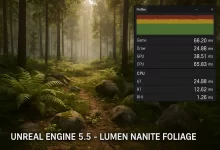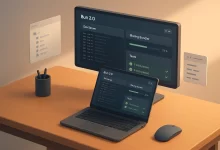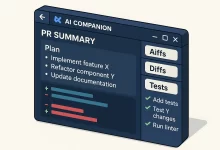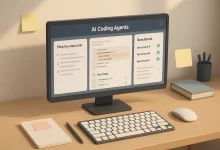Today, July 22, 2025, the buzz in Silicon Valley is all about xAI funding. I nearly dropped my latte when I heard Elon Musk’s AI startup is in talks to secure up to $12 billion in debt financing. This isn’t just pocket change—it’s a bold bet to supercharge a brand-new data center packed with cutting-edge Nvidia chips to power Grok, xAI’s answer to large-language-model chatbots.
Behind the scenes, xAI has been training Grok on a mind-boggling 230,000 GPUs, including 30,000 of Nvidia’s latest GB200 processors. Now, they want to lock in another 550,000 GPUs between GB200 and GB300 series for their next supercluster. That scale of hardware commitment is almost unheard of outside hyperscale cloud providers, and it speaks volumes about Musk’s belief that raw compute muscle will be the currency of the AI arms race.
The proposed debt round is being led by Valor Equity Partners—Antonio Gracias and team are front and center negotiating terms with private-credit funds. Rumor has it some lenders want a strict three-year repayment window and caps on borrowing to tame risk. That’s understandable: on one hand, xAI funding will power ambitious infrastructure builds; on the other, burning cash at north of $13 billion per year raises the stakes for timely ROI.
I got a chance to chat with a developer friend this morning who’s been testing Grok on earlier clusters. He told me the chatbot’s real-time reasoning and code generation blew him away, but he was worried about spotty availability when supply chains hiccup. If this xAI funding round goes through, capacity will skyrocket and reduce those frustrating hardware bottlenecks—making it easier for startups and researchers to spin up experiments on demand.
The market’s already reacting: xAI’s parent, X Corp., saw its shares tick higher on word of the deal, and Nvidia stock got a bump too, reflecting anticipated chip orders. Analysts point out that securing debt—even at relatively high interest—beats the alternative of dilutive equity rounds. For Musk, avoiding another stock sale preserves control, and it signals confidence that future revenues will cover hefty interest payments.
Of course, the flip side is this: loading up on debt adds financial pressure. If global GPU prices slip or demand for AI training cools, xAI funding will look risky. But Musk’s track record—scaling Tesla, SpaceX, and now xAI—gives investors pause to remember that high risk can yield outsized rewards. And with generative AI showing no signs of slowing down, having a purpose-built supercluster could be xAI’s secret weapon.
Personally, I’m excited to see how this plays out. The idea of tapping hundreds of thousands of GPUs for open-ended AI research feels like science fiction brought to life. If they pull it off, Grok could evolve faster than any chatbot in history, fueling breakthroughs in everything from code generation to personalized education. For now, xAI funding is the headline grabber—but the real story will be what they build with all that processing power.

 FoxDoo Technology
FoxDoo Technology







